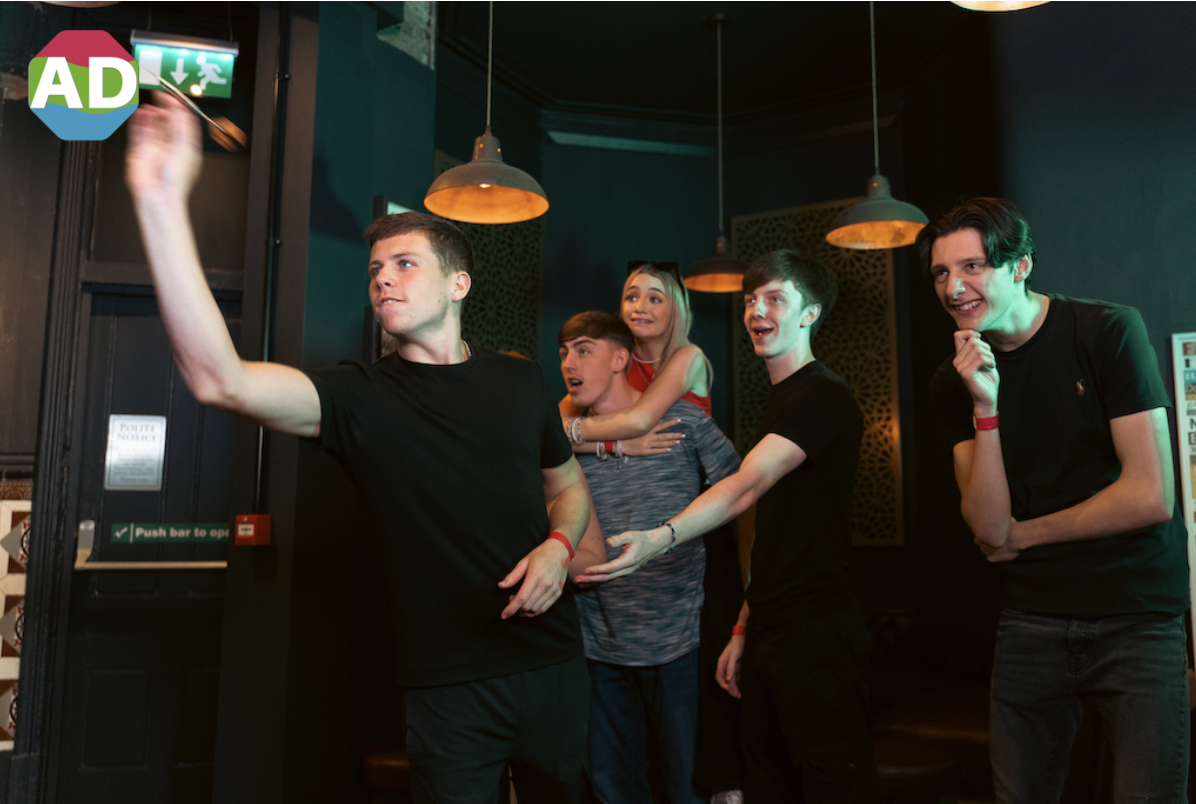
Going Out
Liverpool’s waterfront is set to undergo a huge transformation – here’s what we know so far
1 year ago

With the Royal Albert Dock and the iconic Three Graces, Liverpool’s waterfront is instantly recognised and loved across the world – and it’s about to get even better.
The Waterfront Transformation Project is set to enhance some of its monumental buildings and attractions and redevelop one of the city’s best-known landmarks.
Sahar Beyad, from National Museums Liverpool, says: “It’s an incredibly exciting moment not just for Liverpool’s waterfront, but the wider communities on a local, national, and international level.
“The Waterfront Transformation Project will link storytelling, heritage, community, and hospitality to create a rich visitor experience and will be a catalyst for social and environmental improvements in the area.”
And Sahar adds: “The project is re-engaging local communities and empowering individuals to bring this significant and incredibly rich part of the waterfront back to life.”
And here’s what we know so far…
Which part of the waterfront will be included in the Waterfront Transformation Project?
The landmark project will transform the area between the Royal Albert Dock and Mann Island, as well as revitalising all our waterfront facilities.
How much will it cost?
The WTP is set to cost £75 million.
When will it begin – and how long will the project take?
It is a 10-year project and we are currently in year three, says Sahar. There are still sign-offs and processes that need to be completed before we can see physical change take place on the waterfront, but she adds: “We are hopeful works to the historic dockside buildings can begin soon.”
Where will the transformation start?
The starting point of the transformation is the International Slavery Museum (ISM), which will see it change from a collection of galleries to a prominent museum. The redevelopment of the Dr Martin Luther King Jr Building – formerly the Dock Traffic Office – which stands as a major focal point of the Royal Albert Dock, will provide a dramatic and prominent entrance to the new museum.
Sahar says: “The iconic Dr Martin Luther King Jr Building is key to this as we can create new spaces that are community-focused, educational, welcoming, and thought-provoking. Social movements and the growing discussion of Britain’s role in the slave trade have changed the urgency for this discourse and involvement.”
What about the Maritime Museum?
The transformation will also extend into the Maritime Museum, as gallery spaces and narratives around Liverpool’s maritime history will be developed and evolved to support and complement ISM, along with a new special exhibition space, community spaces and shared facilities that will create a seamless visitor experience between both museums.
“The aim of the project is to bring together different forms of experience and knowledge – both lived and learnt – to generate better outcomes and mutual support.
“Those whose lives have been most affected by the legacies of historic or modern slavery will play an integral role in the development and creation of both museums.”
This project is being supported by The National Lottery Heritage Fund’s Heritage Horizon Awards, with further fundraising underway from other sources.
Will the buildings have to close while work is being done?
The International Slavery Museum and Maritime Museum will close around spring 2024 with hopes that they can re-open by Autumn 2026.
Are there plans for Canning Dock?
The Waterfront Transformation Project will reveal the heritage of Canning Dock and better connect it with the International Slavery Museum, the Maritime Museum, and the Museum of Liverpool which all surround it.
Plans include a new pedestrian bridge, connecting the land outside the Maritime Museum to the Canning Dock quayside and increasing accessibility in the area.
Sahar says: “The two dry docks at Canning Dock are the oldest visible part of the whole Liverpool Docks. Through this project, the stories of Canning Dock’s role in the development of the city and much of the modern world can be better told.”
Alongside this, many historic dockside buildings will be brought back into use to further improve the tourist experience and help generate income to help sustain National Museums Liverpool.
Which dockside buildings will be included?
Numerous smaller buildings populating the waterfront that are either under-used or not open to the public, including: The Cooperage, Mermaid House, Pilotage, Piermaster’s House, Great Western Railway Building and Hartley Hut.
Sahar says: “These buildings will be reimagined to allow for more commercial and cultural opportunities on the waterfront that will benefit visitors’ experience and the many businesses in the area.”
Both the Canning Dock and historic dockside buildings are being funded from the £10m awarded to the project from the Government’s Levelling Up Fund. More fundraising is underway to ensure the full vision for Canning Dock can be realised.
How can I find out more?
Emerging proposals of Canning Dock will be on public display at some point in April (date tbc) and there will be a chance to meet the team from National Museums Liverpool as well as design team partners. Three ‘Community Partners’ are involved – 20 Stories High, Squash Liverpool, and Writing on the Wall – and there’ll be events to engage the Liverpool community and beyond.









 Subscribe
Subscribe Follow Us
Follow Us Follow Us
Follow Us Follow Us
Follow Us Follow Us
Follow Us Follow Us
Follow Us











